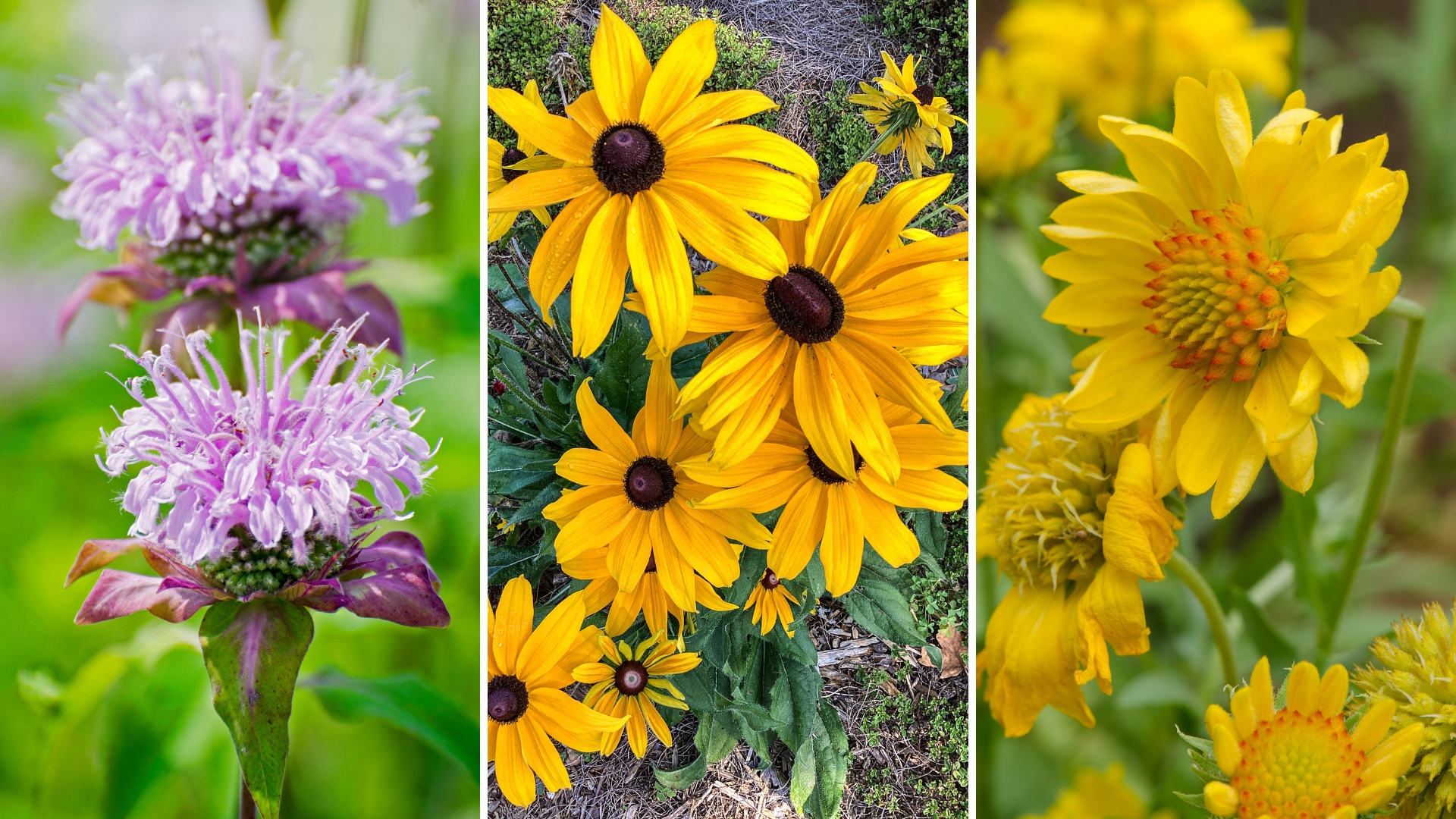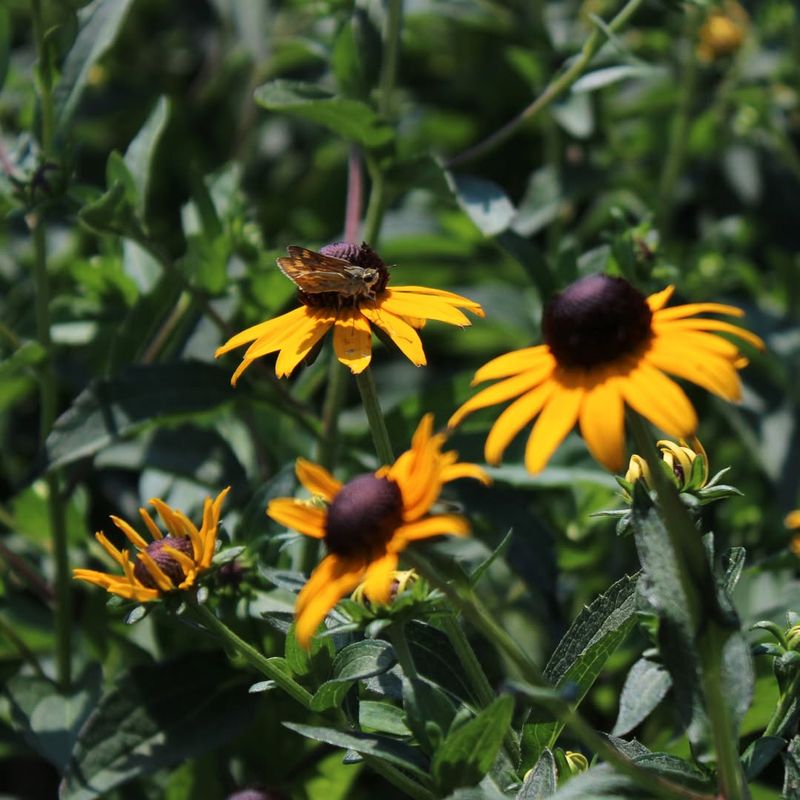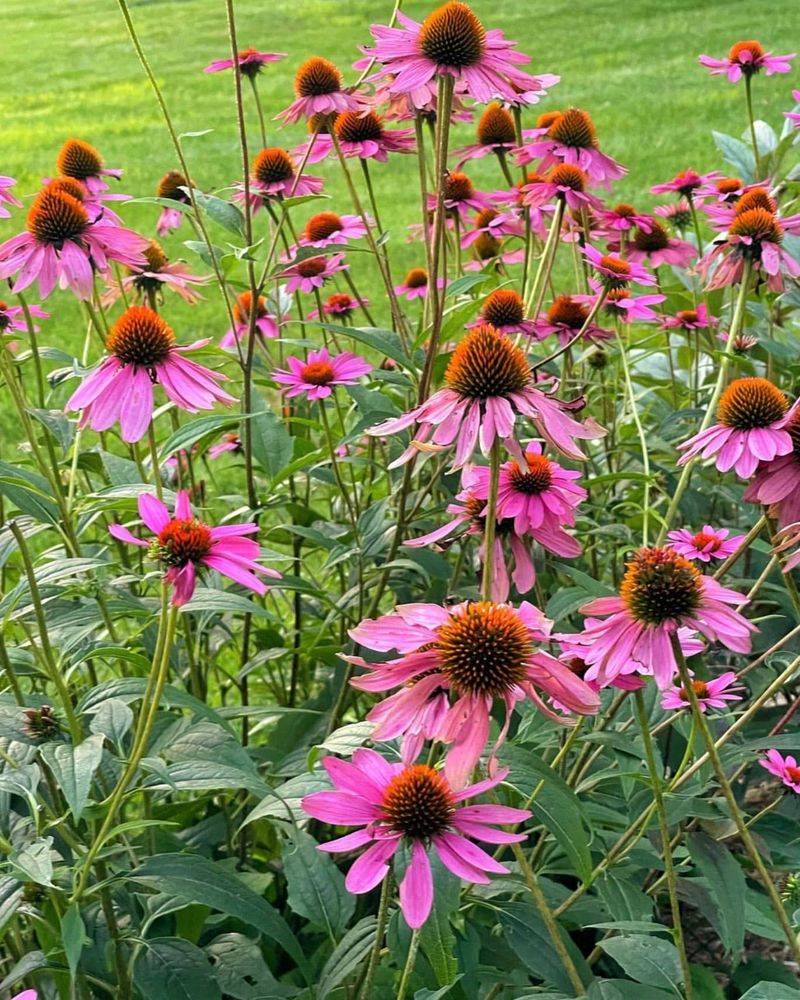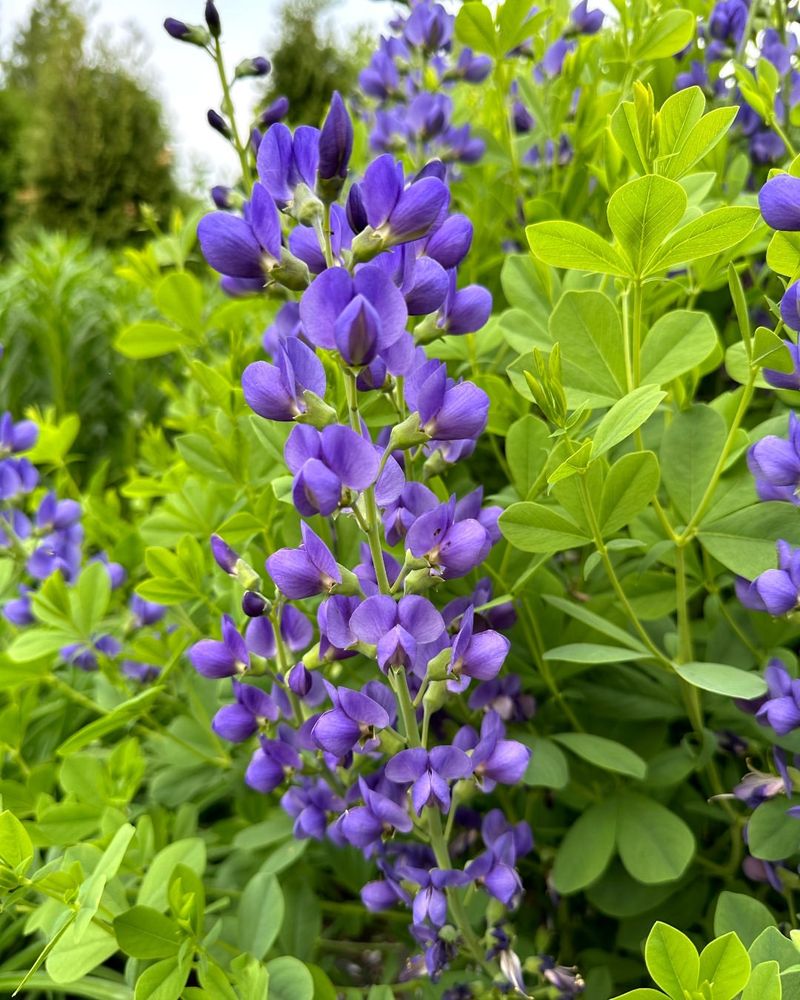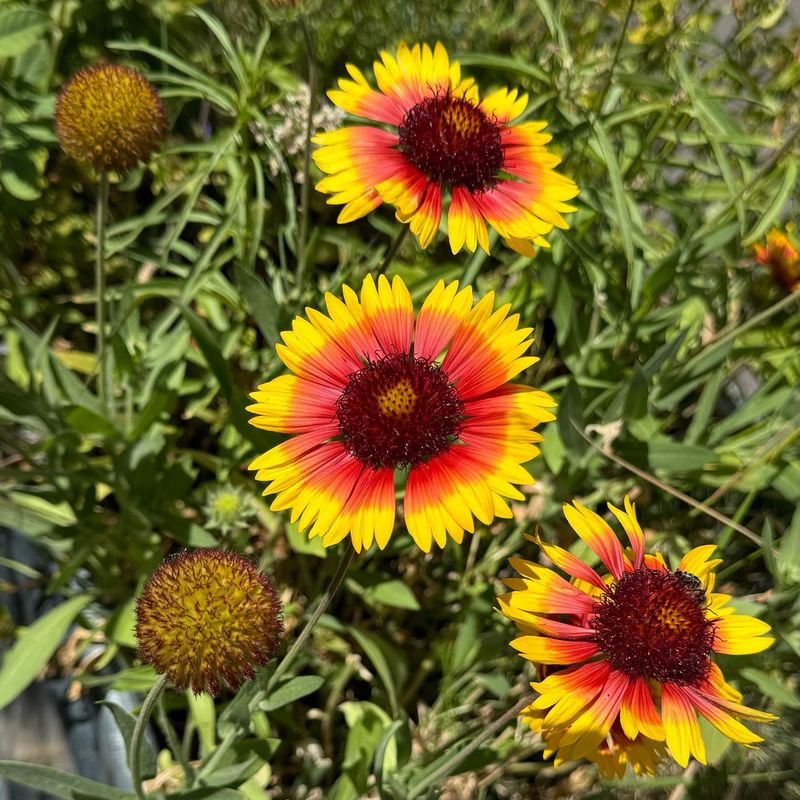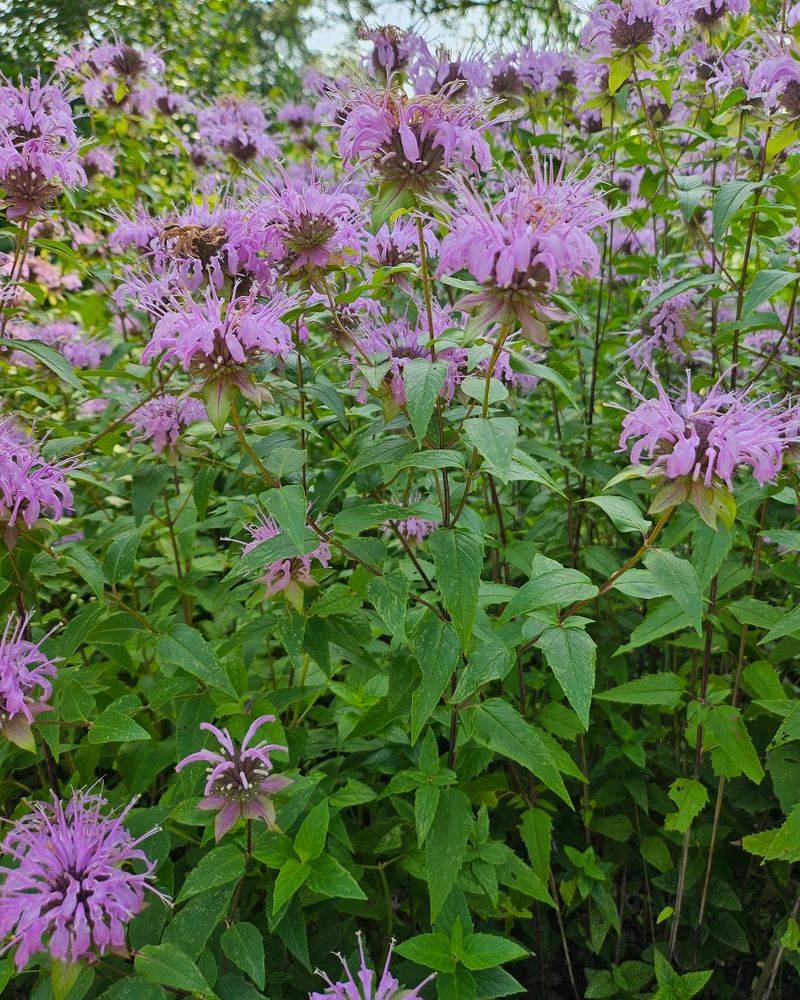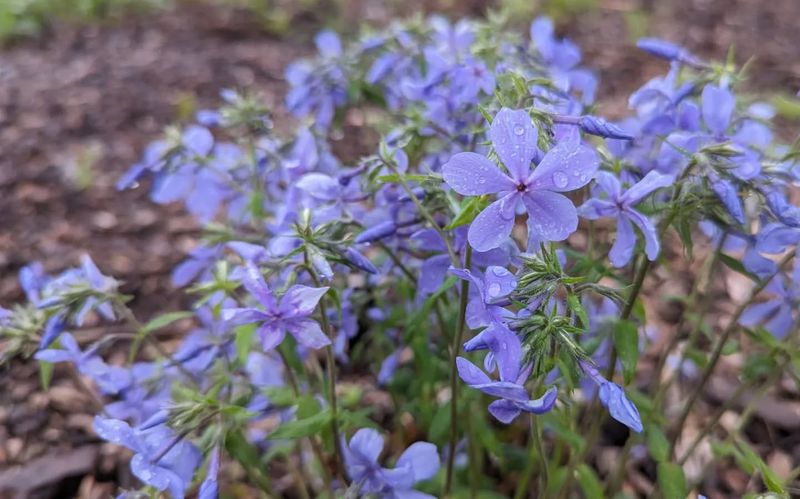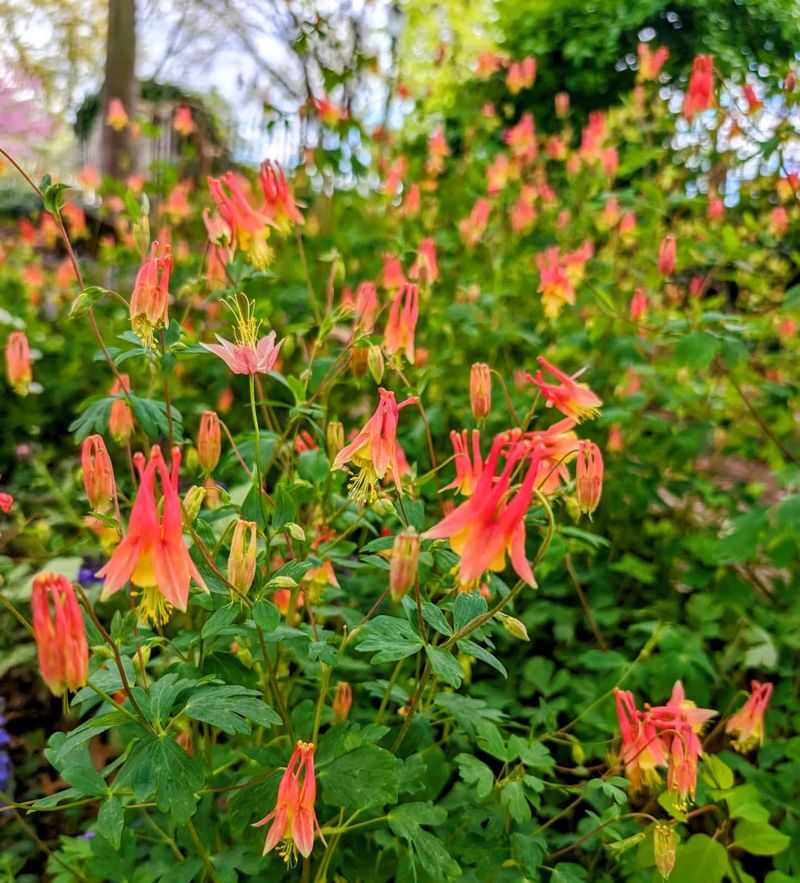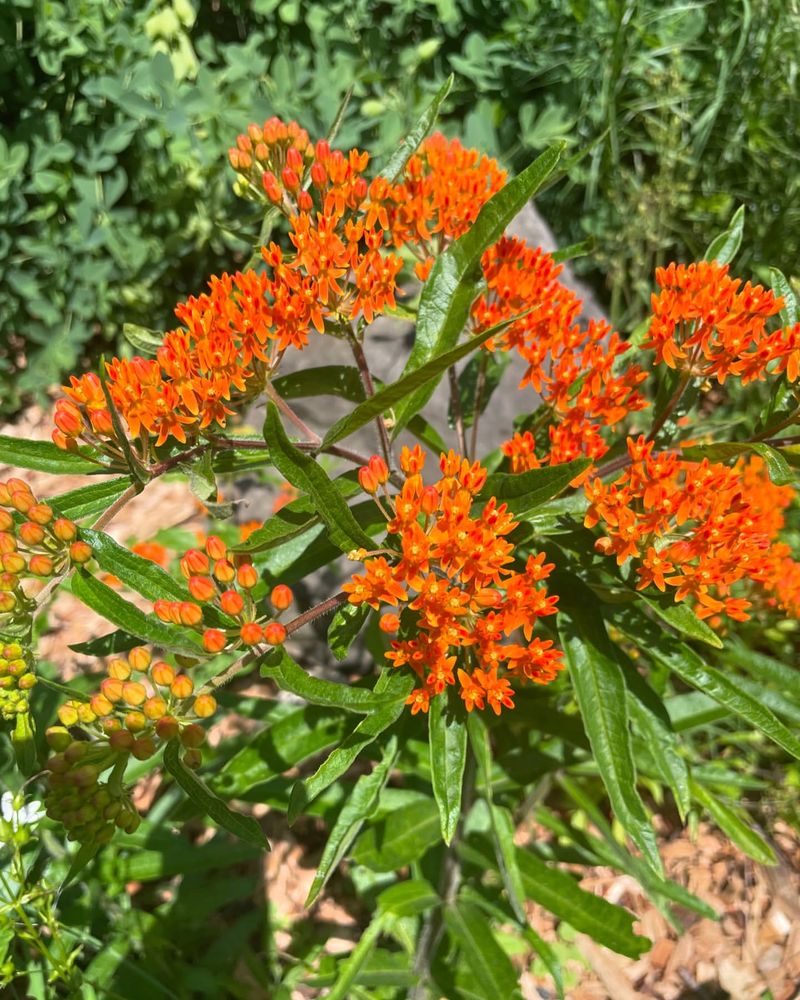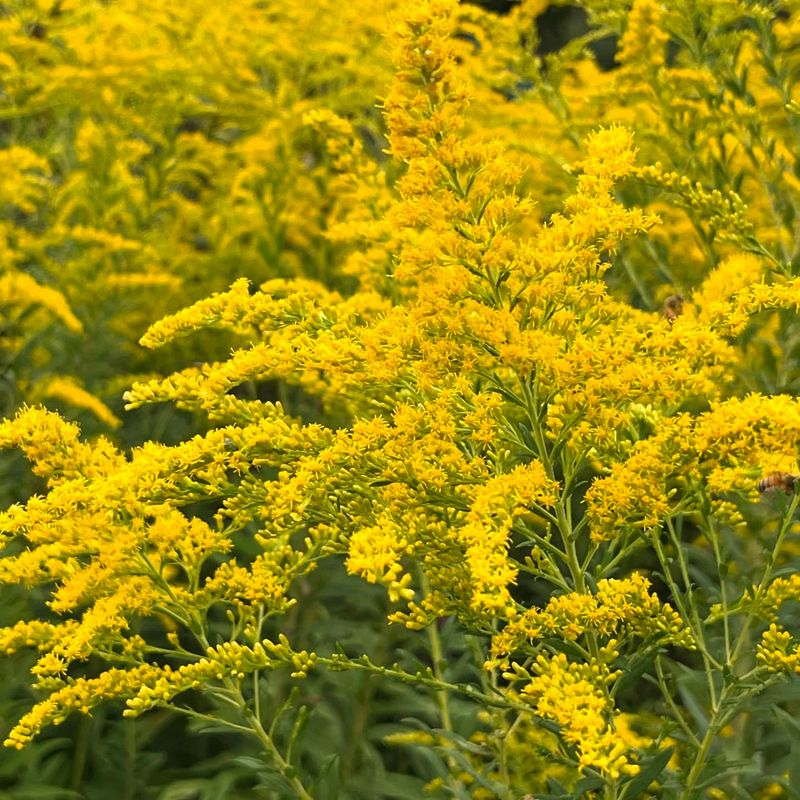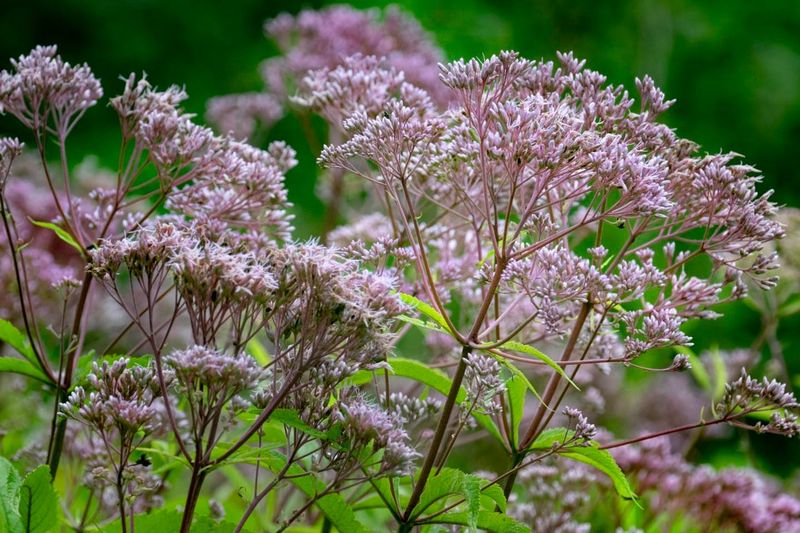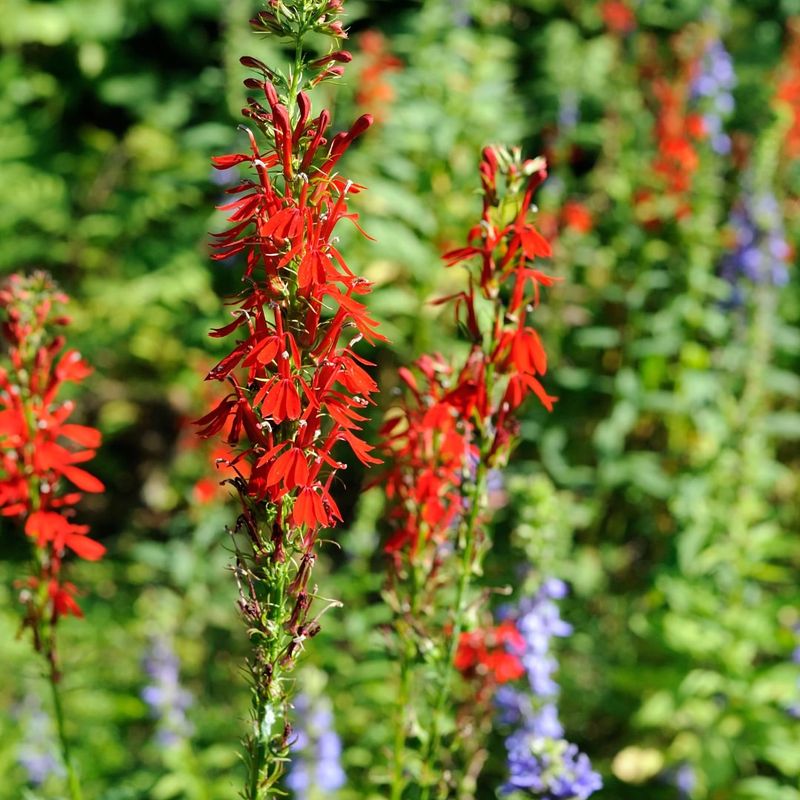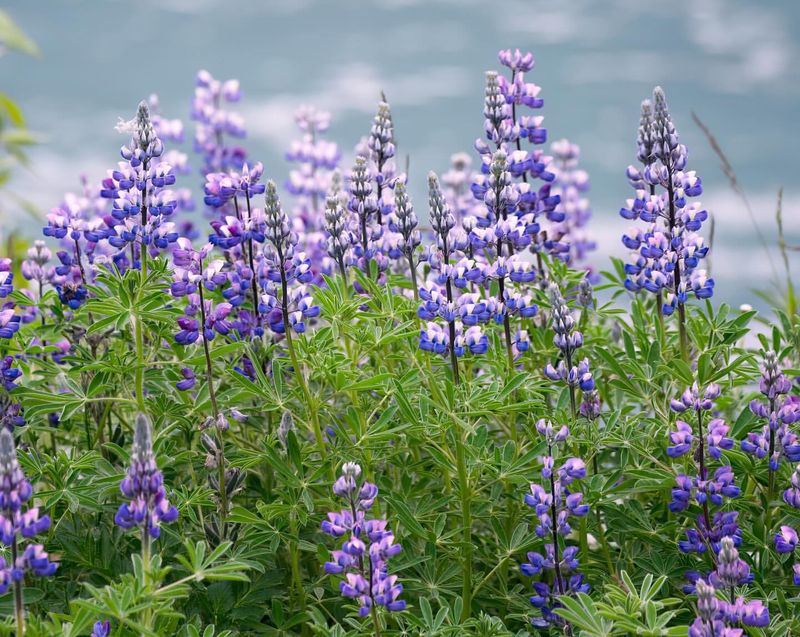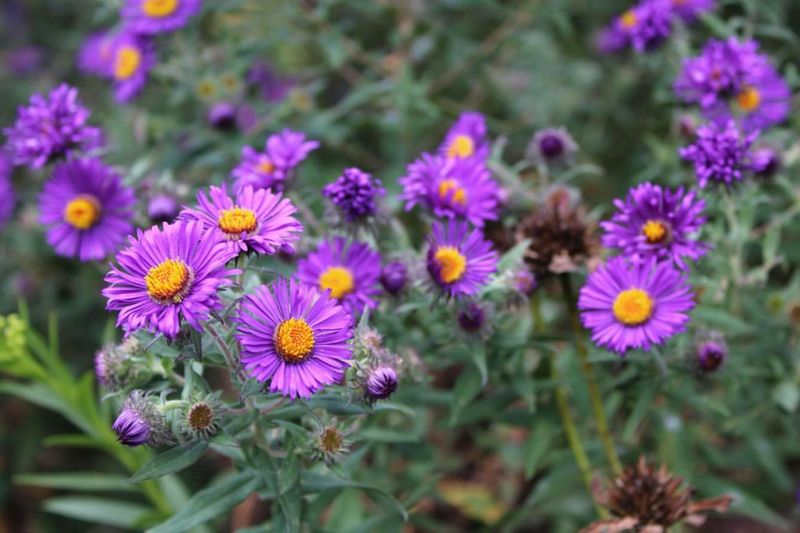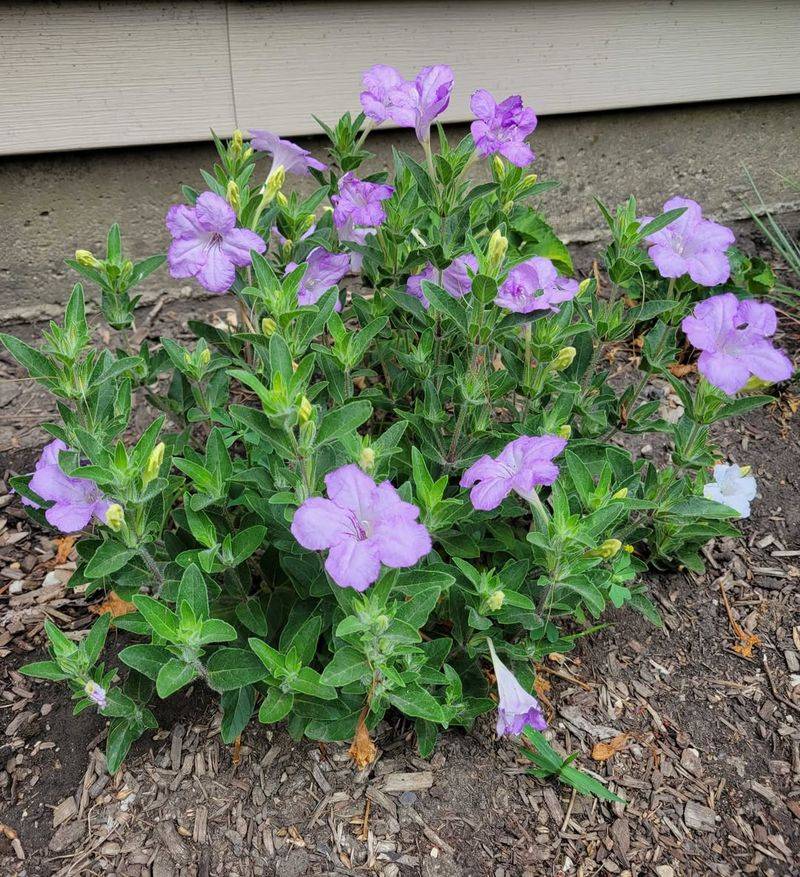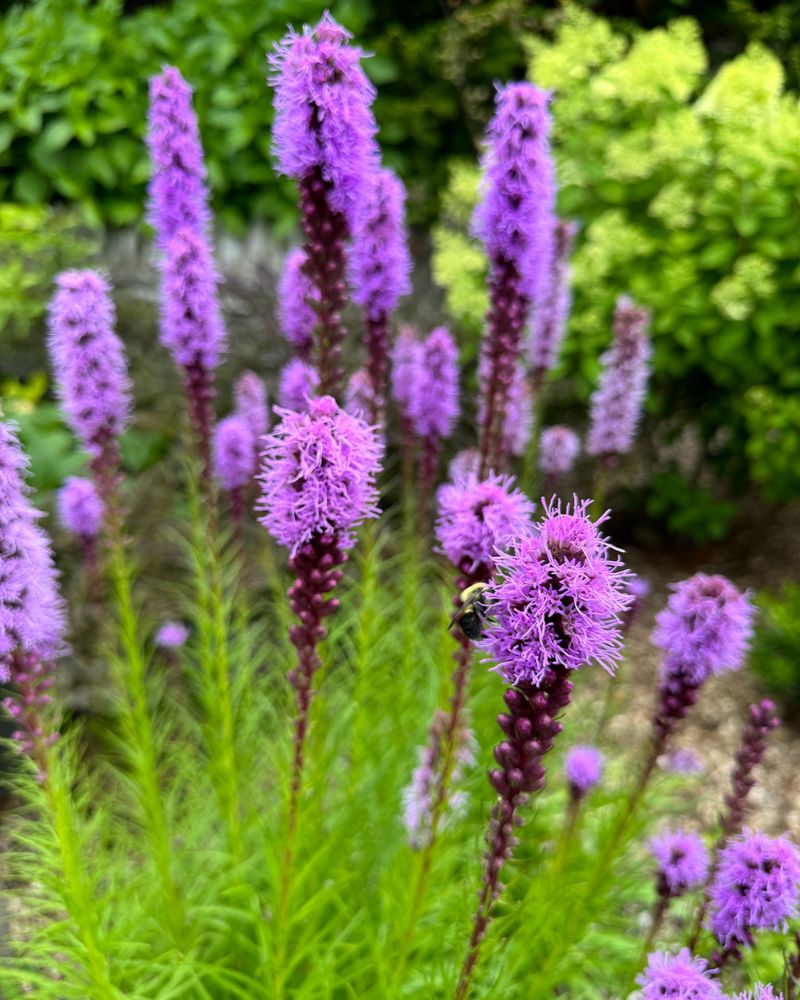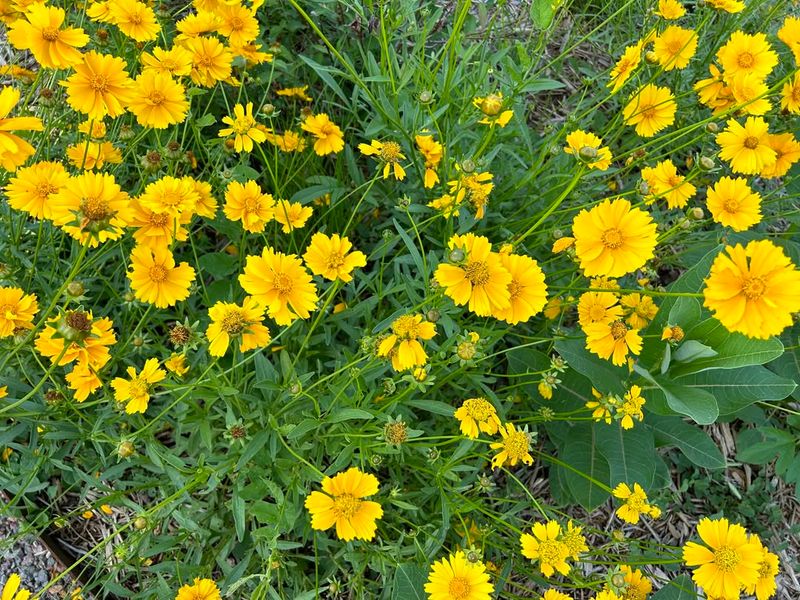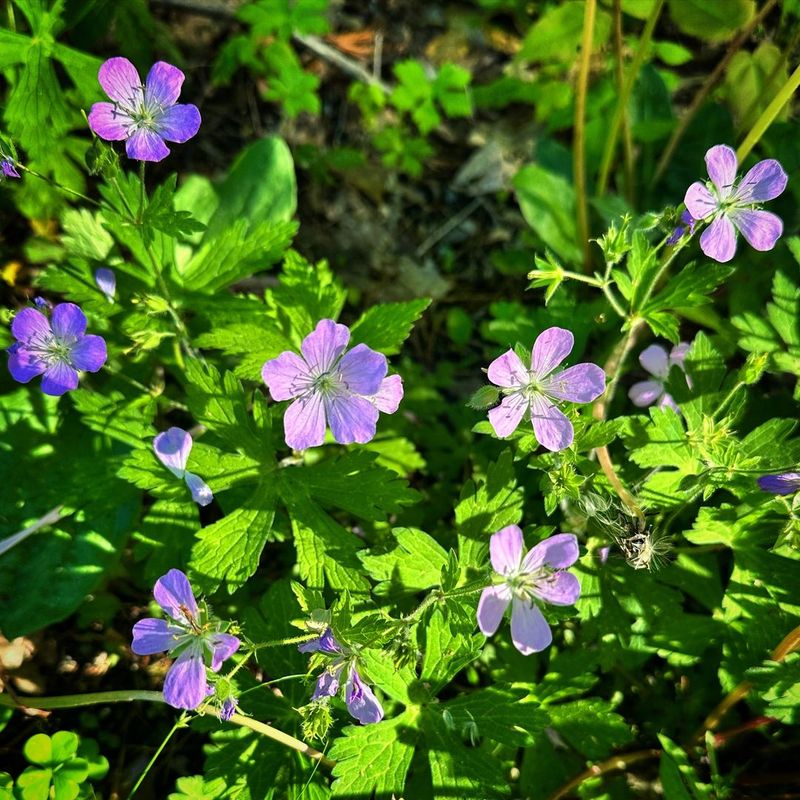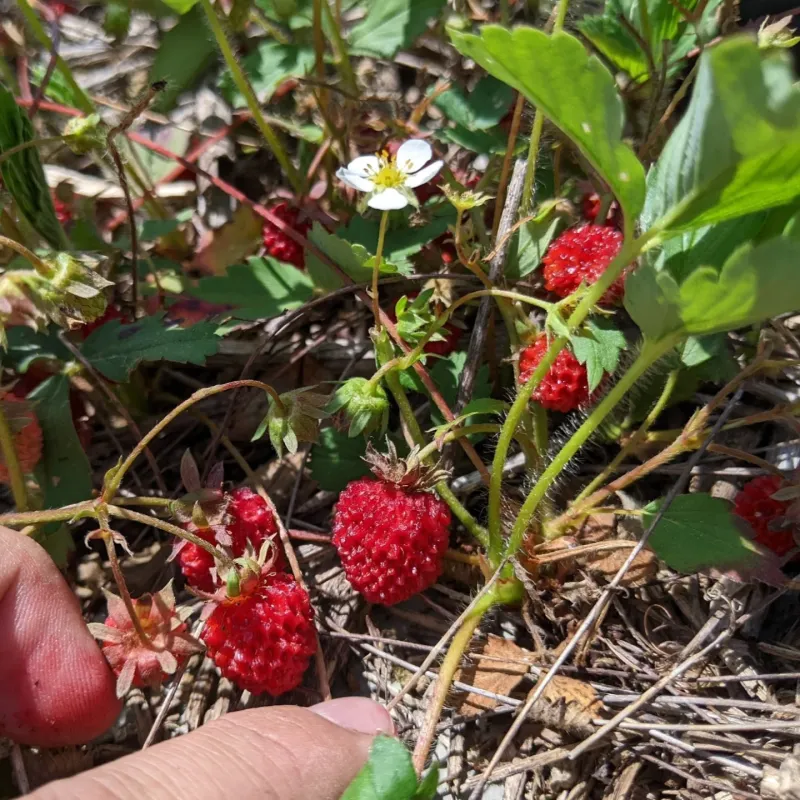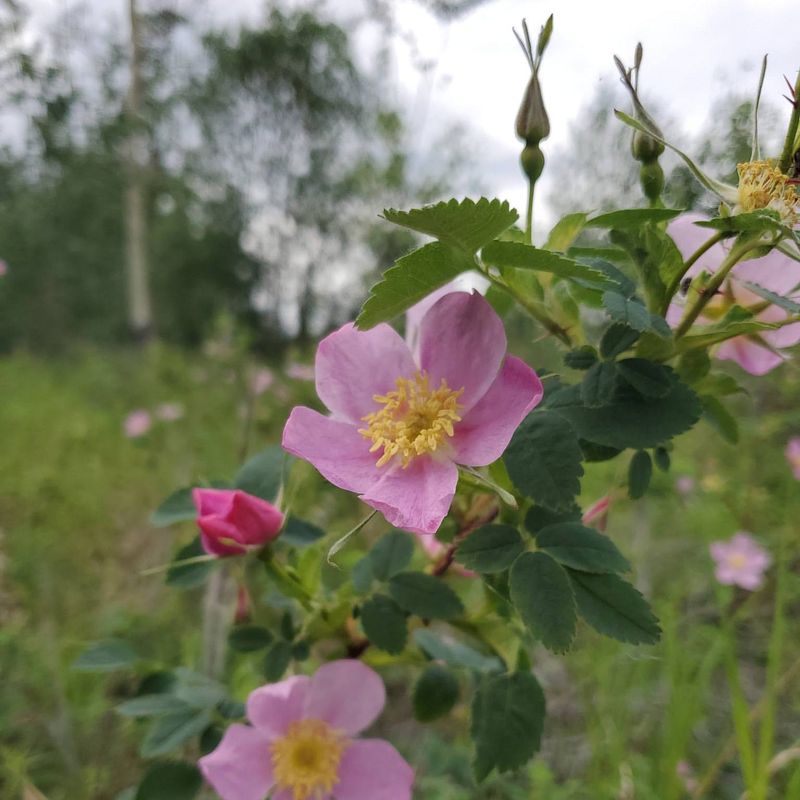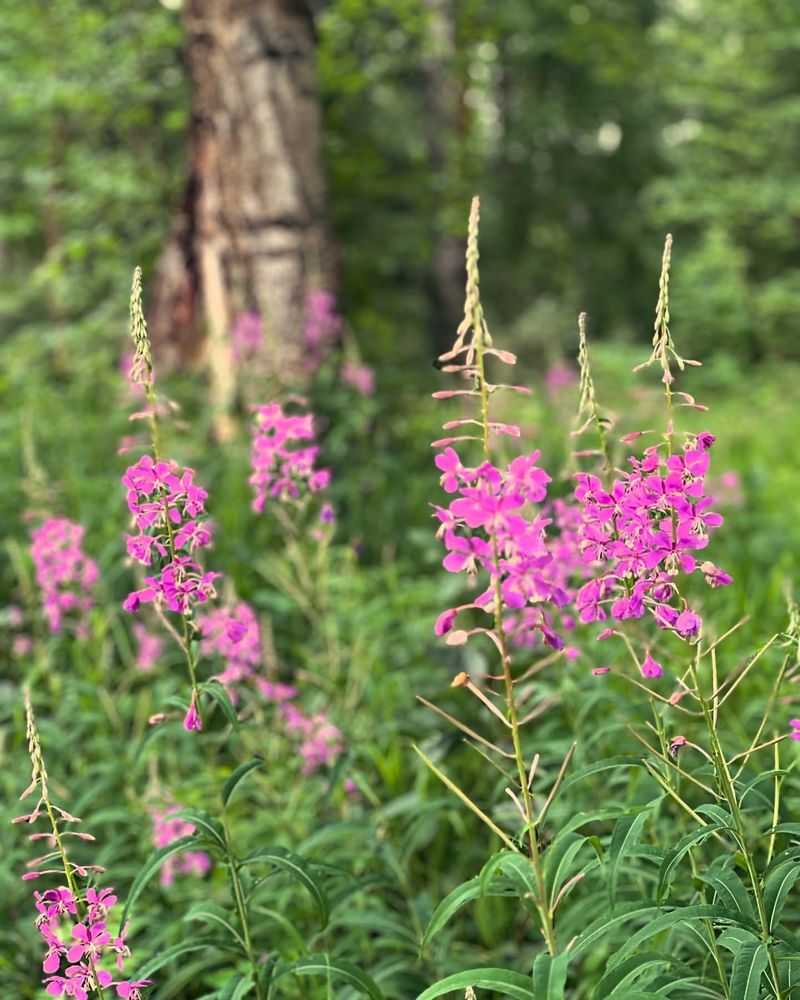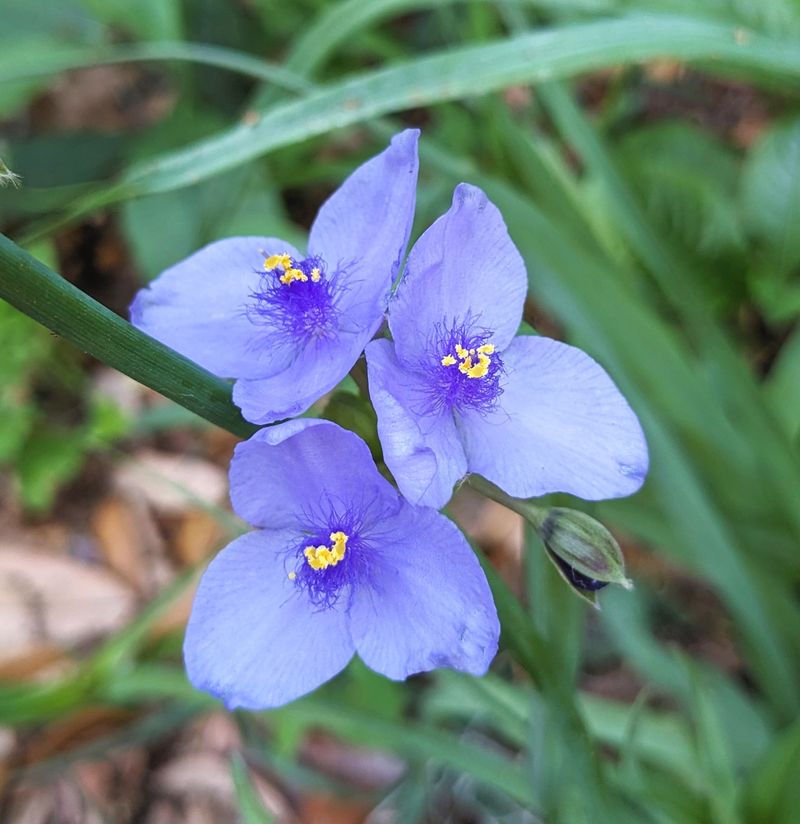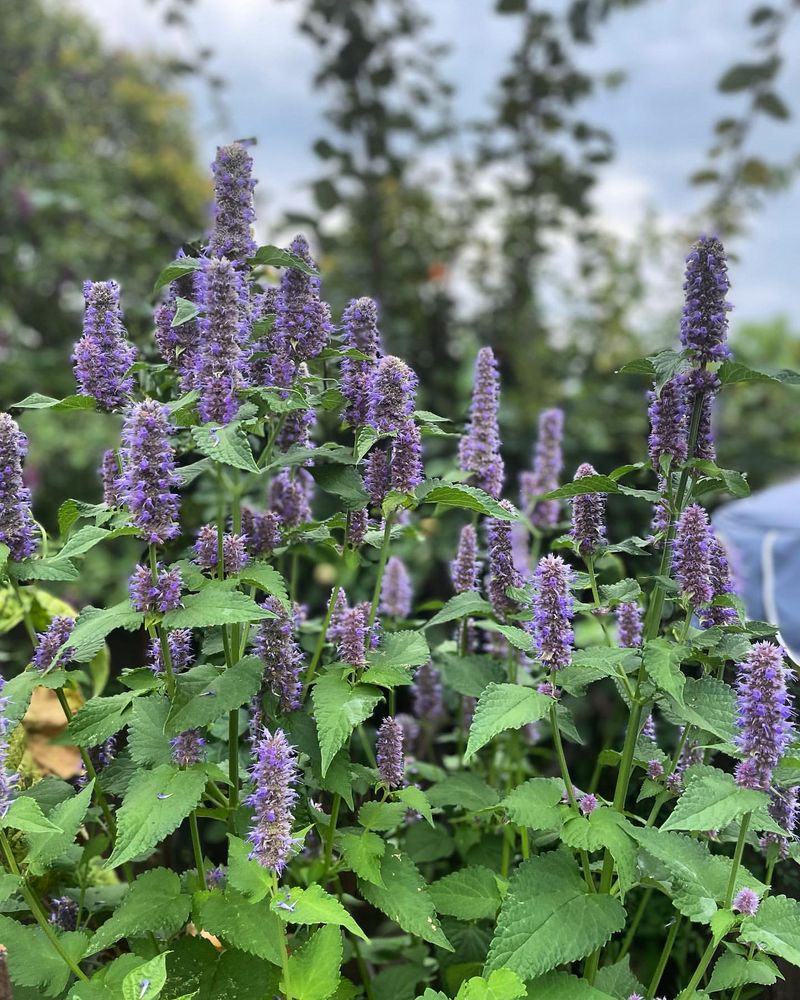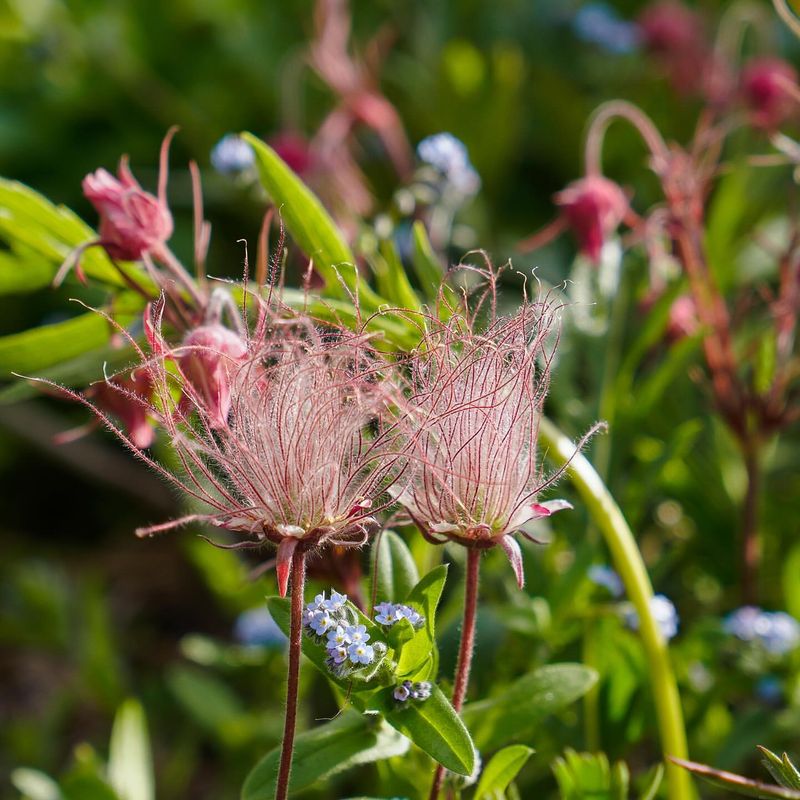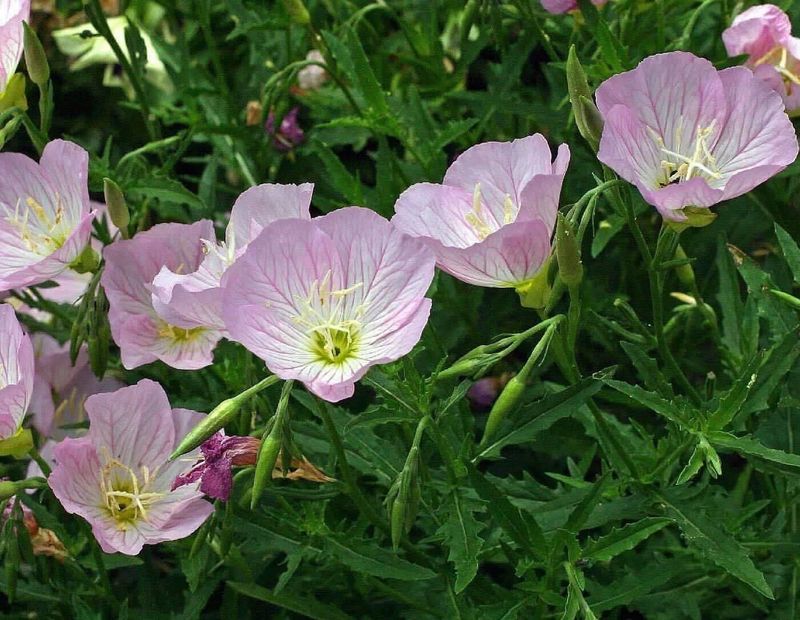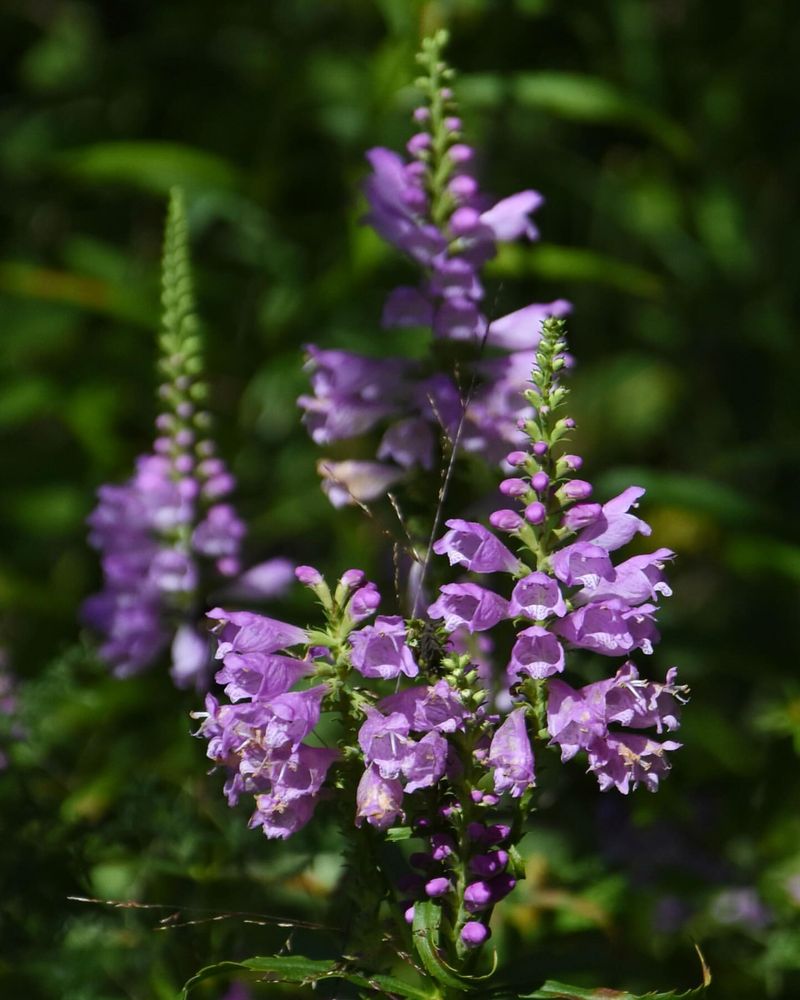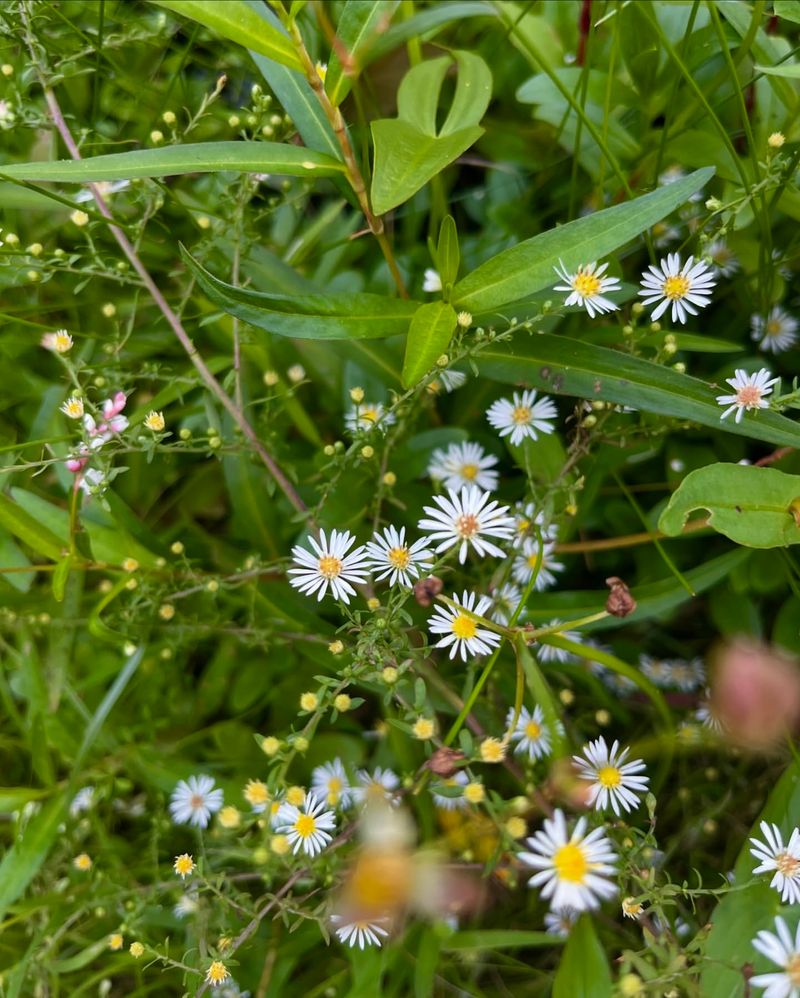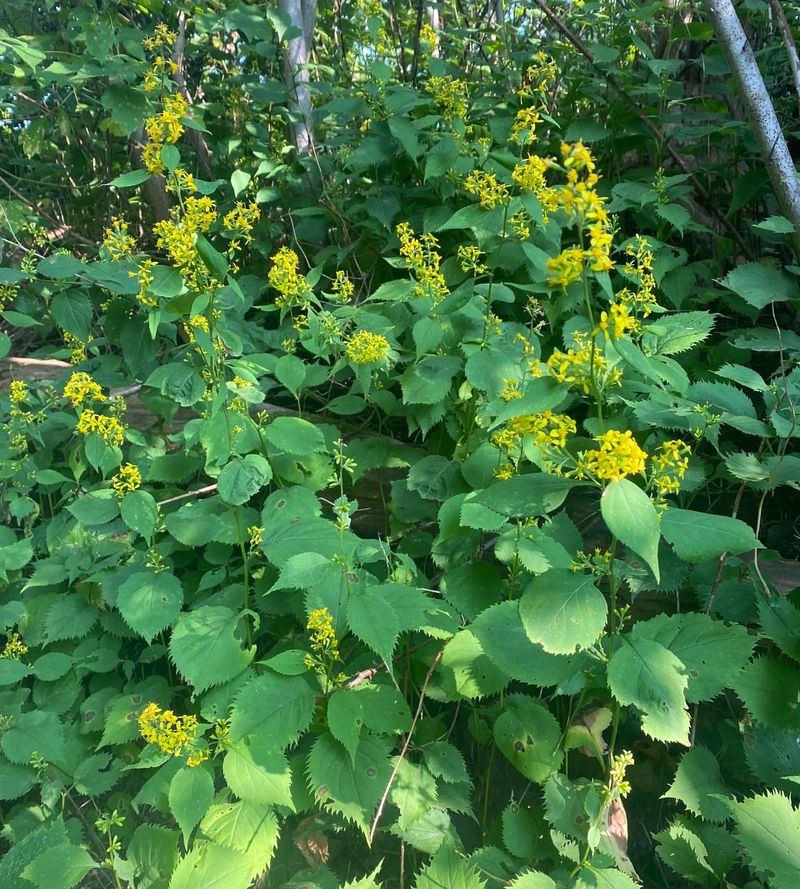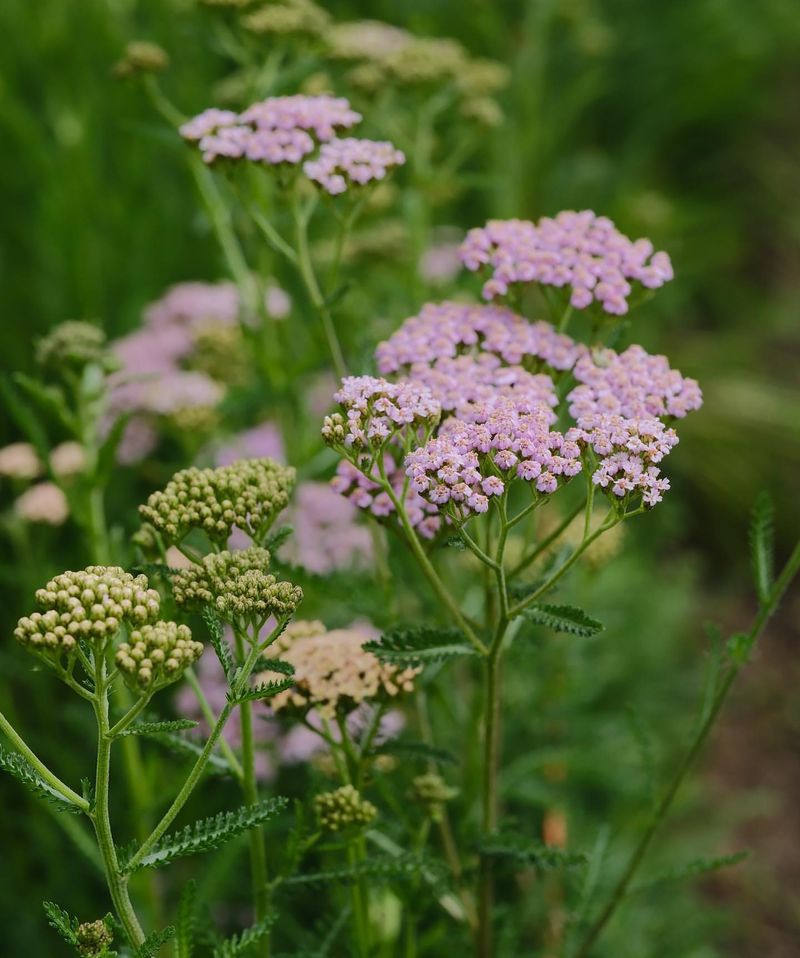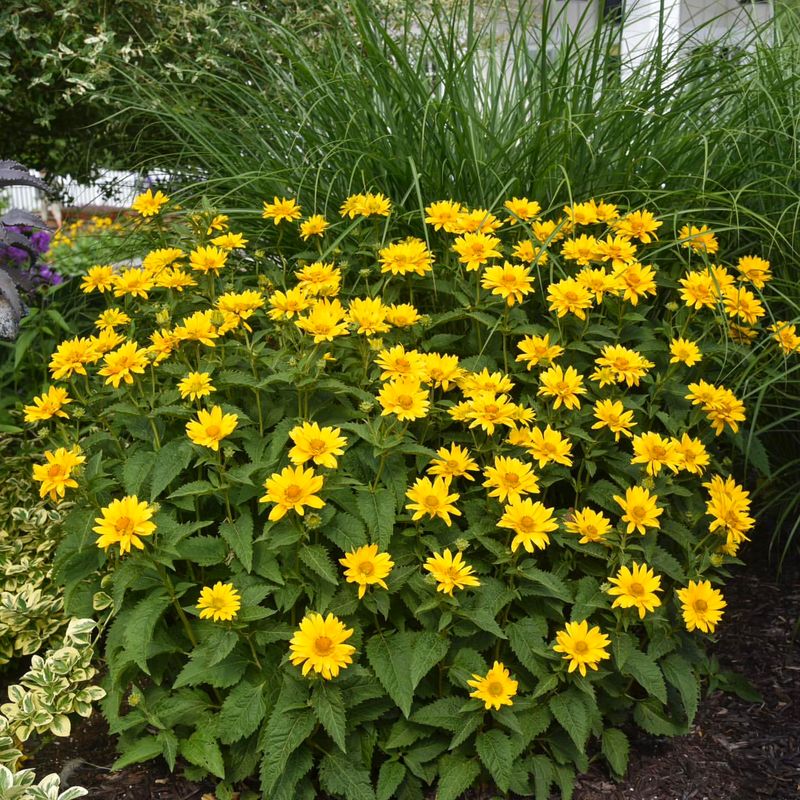Planting wildflowers in your backyard is like painting a canvas with nature’s palette. American wildflowers bring vibrant colors, textures, and even a touch of whimsy to any garden. They are not only beautiful but also beneficial, attracting bees, butterflies, and other pollinators. Whether you’re a seasoned gardener or a beginner, these native beauties are sure to thrive with minimal care. So, grab your gardening gloves, and let’s explore 29 spectacular wildflowers that promise to turn your garden into a living masterpiece!
1. Black-eyed Susan
Black-eyed Susans are like the sunshine of the wildflower world. With their bright yellow petals and striking dark brown centers, they light up any garden space. These cheerful flowers are not just pretty faces; they also attract pollinators like bees and butterflies, making them a gardener’s ally.
Adaptable to a variety of soil types, they flourish with minimal fuss. Plant them in a sunny spot, and enjoy their blooms from midsummer to fall. Pair them with purple coneflowers for a stunning contrast that will make your garden the talk of the town.
2. Purple Coneflower
Purple coneflowers are the graceful dancers of the garden. Their elegant purple petals and spiky orange centers draw admiration and bees alike. These hardy perennials are drought-resistant and thrive in most soil conditions, making them a staple in wildflower gardens.
Plant them in a sunny area, and watch them bloom from early summer to autumn. Not only are they beautiful, but their medicinal properties are also well-known, often used in herbal remedies. Pair with Black-eyed Susans for a vibrant color play that keeps the eyes entertained.
3. Blue Wild Indigo
Blue Wild Indigo brings a touch of mystery with its deep blue flowers. Unlike some shy wildflowers, this one stands tall, making a bold statement in any garden. Native to the prairies of the Midwest, it has adapted remarkably well to various environments.
Once established, it requires little water, making it perfect for those who prefer low-maintenance gardening. The flowers bloom in late spring, and the plant’s bushy appearance adds structure to flower beds. Pair it with other spring bloomers for a captivating seasonal display.
4. Indian Blanket
Indian Blanket flowers paint the garden with their fiery red and yellow petals. Reminiscent of a sunset, they bring warmth and vibrancy to any outdoor space. These adaptable beauties thrive in full sun and are drought-tolerant, making them ideal for lazy gardeners.
They bloom profusely from late spring through summer, attracting a host of pollinators. Their resilience and stunning appearance make them a favorite in wildflower mixes. Try them with other warm-toned flowers to create a blazing display that captures the eye and warms the heart.
5. Wild Bergamot
Wild Bergamot is like the jazz musician of the garden, with its unique pale purple blooms that add a touch of rhythm to flower beds. Known for its aromatic leaves, it attracts bees, butterflies, and hummingbirds, turning your garden into a lively concert.
Favoring full sun to partial shade, it grows well in various soil types. Blooming in mid to late summer, it provides continuous interest when other flowers have faded. Plant it alongside bee balm for a melody of colors and scents that will have your garden buzzing with life.
6. Wild Blue Phlox
Wild Blue Phlox offers a delicate splash of soft blue to shaded garden spots. This charming wildflower is perfect for woodland gardens or areas with dappled sunlight. Its fragrant blooms appear in early spring, welcoming the new season with grace.
As a ground cover, it spreads gently without taking over, making it a lovely companion to ferns and other shade-loving plants. Though it prefers moist, rich soil, it can adapt to drier conditions once established. Pair it with wood violets for a serene, woodland-inspired garden retreat.
7. Wild Columbine
Wild Columbine dances on the edge of elegance and whimsy with its unique red and yellow flowers. These delicate blooms sway gently in the breeze, adding a touch of magic to shaded garden areas. Native to woodland regions, they thrive in the dappled light and well-drained soil.
Blooming from late spring to early summer, they attract hummingbirds and butterflies, turning your garden into a haven for winged wonders. Perfect with ferns and hostas, Wild Columbine adds a splash of color and grace to any shaded garden.
8. Butterfly Weed
Butterfly Weed is the rock star of the garden, drawing in crowds of monarch butterflies with its bright orange blooms. This vibrant wildflower is a must-have for butterfly enthusiasts, providing both nectar and a host plant for caterpillars.
Thriving in full sun, it prefers well-drained soil and is drought-tolerant once established. Blooming from late spring to summer, it adds a fiery touch to any garden bed. Pair it with purple asters for a striking display that will have butterflies dancing all season long.
9. Goldenrod
Goldenrod is the golden ticket to a sunshine-filled garden. With its tall stalks and bright yellow flowers, it adds height and a burst of color to any space. Often misunderstood as a source of allergies, it’s actually a vital pollinator plant, attracting bees and butterflies galore.
Growing best in full sun, it adapts well to various soil types and is drought-resistant once established. Blooming in late summer to fall, it pairs beautifully with purple asters or Joe-Pye weed for a breathtaking autumnal display.
10. Joe-Pye Weed
Joe-Pye Weed stands as a gentle giant in the garden. Its tall, pinkish-purple blooms draw the eye and a host of pollinators, including butterflies and bees. Native to wet meadows, it thrives in moist soil and full to partial sun.
Blooming from midsummer to fall, it provides a dreamy backdrop to other wildflowers. Its towering presence adds vertical interest, making it perfect for the back of a border or as a focal point in a naturalistic garden. Pair with Goldenrod for a harmonious blend of colors.
11. Cardinal Flower
Cardinal Flower is the showstopper with its vivid red blooms that steal the spotlight. These striking flowers thrive in moist, rich soil and partial sun, making them perfect for wetland gardens or pond edges. Blooming in late summer, they attract hummingbirds, adding dynamic movement to your garden.
While they require consistent moisture, the effort is rewarded with their stunning display. Pair with swamp milkweed or blue flag iris for a wetland garden that bursts with color and life, creating a vibrant oasis for both plants and wildlife.
12. Wild Lupine
Wild Lupine adds a touch of whimsy with its tall, spiky blooms in hues of blue and purple. These charming flowers are a favorite among gardeners and pollinators alike. Thriving in sandy, well-drained soil, they prefer full sun but can tolerate some shade.
Blooming in late spring to early summer, they provide an early burst of color. Their nitrogen-fixing ability enriches the soil, benefiting surrounding plants. Pair with other spring bloomers like columbine for a delightful early-season display that sets the stage for summer’s splendor.
13. New England Aster
New England Aster is like the grand finale of the gardening season, with its vibrant purple blooms heralding the arrival of fall. These sturdy perennials thrive in full sun and well-drained soil, providing late-season color when many other flowers have faded.
A favorite among butterflies, their nectar-rich blooms turn gardens into a flurry of activity. Blooming from late summer to fall, they pair beautifully with goldenrod for a classic autumn garden display. With their robust nature and striking appearance, they ensure your garden ends the season with a bang.
14. Wild Petunia
Wild Petunia offers a touch of elegance with its soft purple blooms. Unlike its domesticated cousins, this wildflower thrives in challenging conditions, making it perfect for low-maintenance gardens. Preferring full sun to partial shade, it blooms from late spring to early fall, providing continuous color.
Its resilience is matched by its beauty, attracting pollinators and adding a gentle charm to any garden space. Pair with coreopsis for a cheerful mix that brightens up borders and flower beds, creating a harmonious blend of textures and colors.
15. Blazing Star
Blazing Star truly lives up to its name, with tall spikes of bright purple flowers that shine like fireworks in the garden. These native perennials thrive in full sun and well-drained soil, making them perfect for prairie-style gardens. Blooming in mid to late summer, they attract pollinators like bees and butterflies, adding life and movement to your garden.
Their unique appearance and striking color make them a standout choice for naturalistic landscapes. Pair with switchgrass or prairie dropseed for a dynamic combination that mimics the beauty of the wild prairie.
16. Coreopsis
Coreopsis adds a cheerful touch with its bright yellow blooms that seem to smile at the sun. These hardy perennials are a favorite among gardeners for their long blooming season and low maintenance needs. Thriving in full sun, they prefer well-drained soil and tolerate drought conditions.
Blooming from early summer to fall, they provide consistent color and attract a host of pollinators. Pair with purple coneflowers or black-eyed Susans for a vibrant mix that bursts with energy, creating a joyful garden space sure to lift spirits.
17. Wild Geranium
Wild Geranium offers a lovely burst of soft pink in shaded garden spots. Ideal for woodland settings, these delicate flowers bloom in spring, adding a gentle touch of color. Preferring rich, well-drained soil, they thrive in partial shade, making them perfect for planting under trees or alongside ferns.
Though they appreciate moist conditions, they’re adaptable to drier soils once established. Their understated beauty and resilience make them a charming addition to any garden. Pair with wild columbine for a woodland garden that feels like a secret haven.
18. Wild Strawberry
Wild Strawberry makes a delightful ground cover with its tiny white flowers and sweet, small red fruits. This charming plant offers both beauty and a tasty treat, making it a favorite in edible gardens. Thriving in full sun to partial shade, it spreads gently, providing a lush carpet of green.
Blooming in spring and fruiting by early summer, it adds seasonal interest and flavor. Pair with other low-growing natives like violets for a woodland garden that offers both visual appeal and a delicious bounty.
19. Wild Rose
Wild Rose brings a touch of romance with its delicate pink blooms and sweet fragrance. These hardy shrubs thrive in sunny locations and well-drained soil, making them a lovely addition to any garden. Blooming in late spring to early summer, they offer a timeless beauty that attracts pollinators.
Their thorny stems add rustic charm and provide shelter for wildlife. Pair with lavender or daisies for a cottage garden feel, creating an enchanting space that invites relaxation and enjoyment of nature’s simple pleasures.
20. Fireweed
Fireweed is the wildflower that rises from the ashes, bringing vibrant pink blooms to areas once touched by fire. These resilient plants thrive in full sun and well-drained soil, making them ideal for meadows or naturalized areas.
Blooming in summer, they attract pollinators and add a splash of color to wild landscapes. Their tall, airy spikes create movement and interest, making them a favorite in ecological restoration projects. Pair with other native wildflowers for a meadow garden that celebrates resilience and renewal.
21. Spiderwort
Spiderwort adds a touch of whimsy with its unique blue blooms and grass-like foliage. These hardy perennials thrive in a variety of soil types and conditions, preferring full sun to partial shade. Blooming in late spring to early summer, they provide an early splash of color.
Their three-petaled flowers open in the morning and close by afternoon, adding a dynamic element to garden beds. Pair with black-eyed Susans or coneflowers for a lively mix that dances with color and texture, creating a garden full of charm and character.
22. Anise Hyssop
Anise Hyssop adds a fragrant touch with its tall spikes of purple flowers and aromatic leaves. This hardy perennial is beloved by pollinators, making it a valuable addition to any garden. Thriving in full sun and well-drained soil, it blooms from midsummer to fall, providing continuous interest and color.
Its licorice-scented leaves can be used in teas or as culinary herbs, adding versatility to its charm. Pair with bee balm or lavender for a sensory garden that delights both sight and smell, creating a haven for pollinators and gardeners alike.
23. Prairie Smoke
Prairie Smoke captures the imagination with its distinctive pinkish-red blooms and ethereal, wispy seed heads. This unique wildflower thrives in full sun and well-drained soil, making it ideal for rock gardens or prairie landscapes.
Blooming in late spring, it adds a touch of whimsy and texture to garden beds. Its seed heads, resembling wisps of smoke, create an intriguing visual as they catch the breeze. Pair with other native wildflowers for a garden that celebrates the quirky side of nature, offering a playful and engaging landscape.
24. Evening Primrose
Evening Primrose is the night owl of the garden, with its yellow blooms opening as twilight descends. These enchanting flowers thrive in full sun and well-drained soil, bringing a touch of magic to evening gardens. Blooming from late spring to fall, they provide continuous color and attract nighttime pollinators like moths.
Their luminous appearance under moonlight creates a serene and mystical atmosphere. Pair with other evening bloomers like moonflower for a garden that comes alive after dark, offering a tranquil and captivating retreat.
25. Obedient Plant
Obedient Plant lives up to its name, with flowers that stay put when positioned—a charming quirk in the garden. These hardy perennials thrive in full sun to partial shade and prefer moist, well-drained soil. Blooming in late summer, their spikes of pale pink flowers add vertical interest to garden beds.
Despite their name, they can spread aggressively if left unchecked, so consider planting them in contained areas. Pair with other tall perennials like Joe-Pye Weed for a structured garden design that balances whimsy and control.
26. Smooth Blue Aster
Smooth Blue Aster is the gentle whisper of autumn, with soft blue petals and yellow centers that light up fall gardens. These perennials thrive in full sun and well-drained soil, providing late-season color and attracting pollinators.
Blooming from late summer to fall, they offer a serene counterpoint to the vibrant hues of traditional autumn flowers. Pair with other asters or goldenrod for a harmonious blend that celebrates the changing seasons, creating a garden that feels both peaceful and alive with the quiet beauty of fall.
27. Zigzag Goldenrod
Zigzag Goldenrod adds a playful touch with its bright yellow flowers that zigzag along the stems. Unlike its sun-loving relatives, it thrives in shade, making it a unique addition to woodland gardens. Blooming in late summer to fall, it attracts pollinators and adds a splash of sunshine to shaded areas.
Its adaptability to different soil types and conditions makes it a versatile choice for challenging garden spots. Pair with ferns or hostas for a woodland garden that dances with color and light, offering a cheerful retreat even in the shade.
28. Yarrow
Yarrow is the steadfast guardian of the garden, known for its flat-topped white blooms and feathery foliage. These hardy perennials thrive in full sun and well-drained soil, withstanding both drought and poor soil conditions.
Blooming from late spring to summer, they attract pollinators and add a structured element to garden beds. Their clusters of tiny flowers create a lace-like effect, offering a delicate contrast to bolder blooms. Pair with lavender or coneflowers for a structured garden design that blends beauty and resilience, creating a space that’s both functional and enchanting.
29. False Sunflower
False Sunflower brings a sunny disposition with its bright yellow blooms that resemble small sunflowers. These cheerful perennials thrive in full sun and well-drained soil, adding a burst of color to summer gardens.
Blooming from midsummer to early fall, they attract pollinators and offer a low-maintenance option for gardeners. Their long-lasting flowers create visual interest and pair well with purple coneflowers or black-eyed Susans for a vibrant garden display. With their sunny appearance and easy-going nature, they brighten up any garden space, creating a welcoming and joyful atmosphere.

